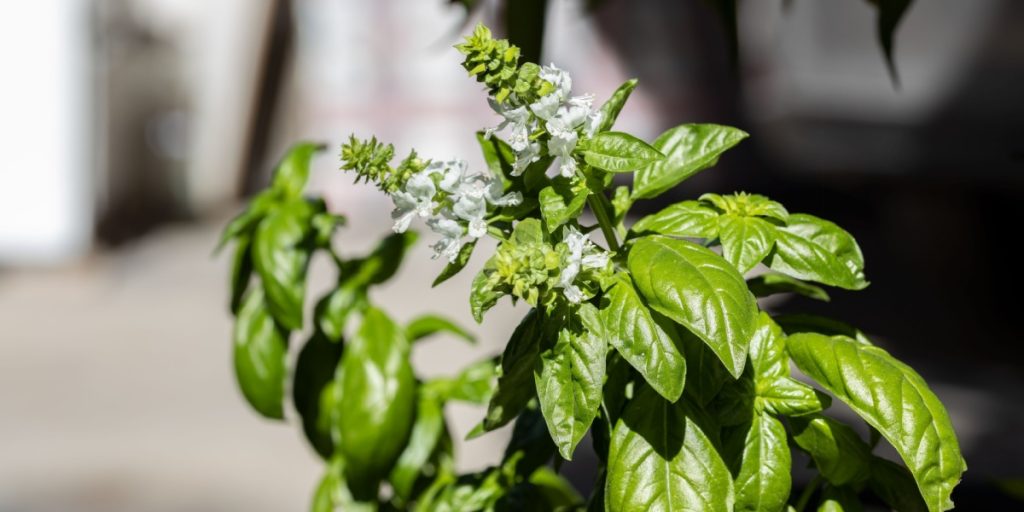Basil is a popular kitchen herb, but what happens when it starts to bloom?
Others are reading now
Basil is one of the most popular kitchen herbs worldwide and adds a special touch to many different dishes – from pesto and pasta to drinks and desserts.
Whether bought from the store or grown in the garden, this tasty herb can be enjoyed year-round.
But what should you do when your basil plant starts to flower? Is it still safe to eat, or does it become toxic like some other herbs?
Also read
Is Flowering Basil Poisonous?
Unlike parsley, which becomes toxic when it flowers and was named the poisonous plant of the year 2023, basil does not become poisonous when it blooms.
There are two types of basil: annual and perennial. Neither type turns poisonous upon flowering.
But the taste of annual basil does change, becoming more bitter, though it is edible.
Perennial basil’s flavor is not affected by flowering.
Why Does the Taste Change?
As with many plants, maintenance is the most important thing.
Basil produces flowers and seeds in order to reproduce. The plant invests a lot of energy in seed production, and this comes at the expense of taste, and the leaves become bitter.
How to Delay Flowering
If you don’t want the taste of the basil to change when it flowers, you should make sure to prune it regularly.
By removing the tips of the shoots and harvesting the basil regularly, you can delay flowering. Instead of plucking leaves individually, cut off slightly longer shoots with several leaves.
This method encourages the plant to produce more foliage rather than flowers.
What to Do If Your Basil is Already Flowering
If your basil has started to flower, don’t worry.
It is still safe to eat, though the leaves may taste more bitter. Cooking the leaves can help reduce the bitterness.
The flowers themselves are edible, though they also have a slightly bitter taste and might not be to everyone’s liking.
They can be used as a decorative element on your plate, adding a touch of elegance to your dishes.


